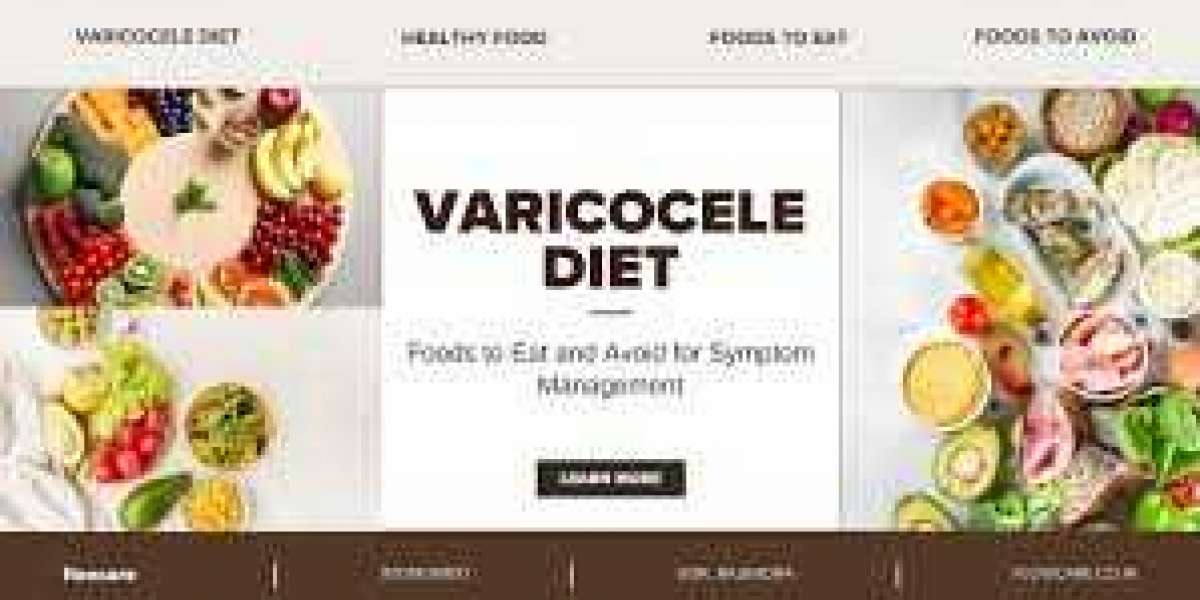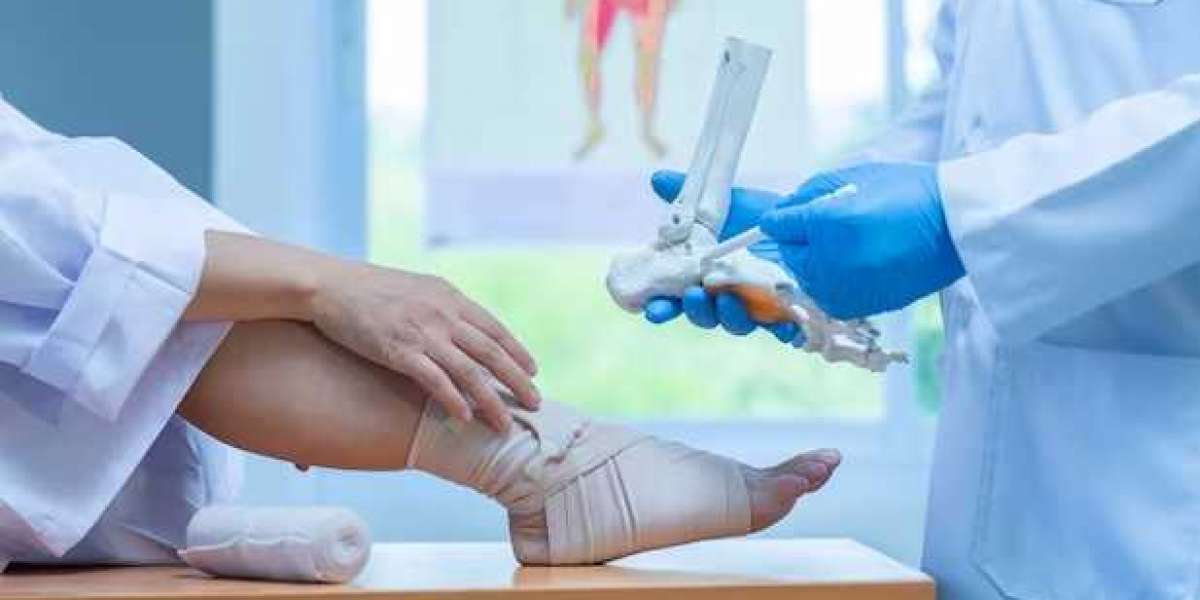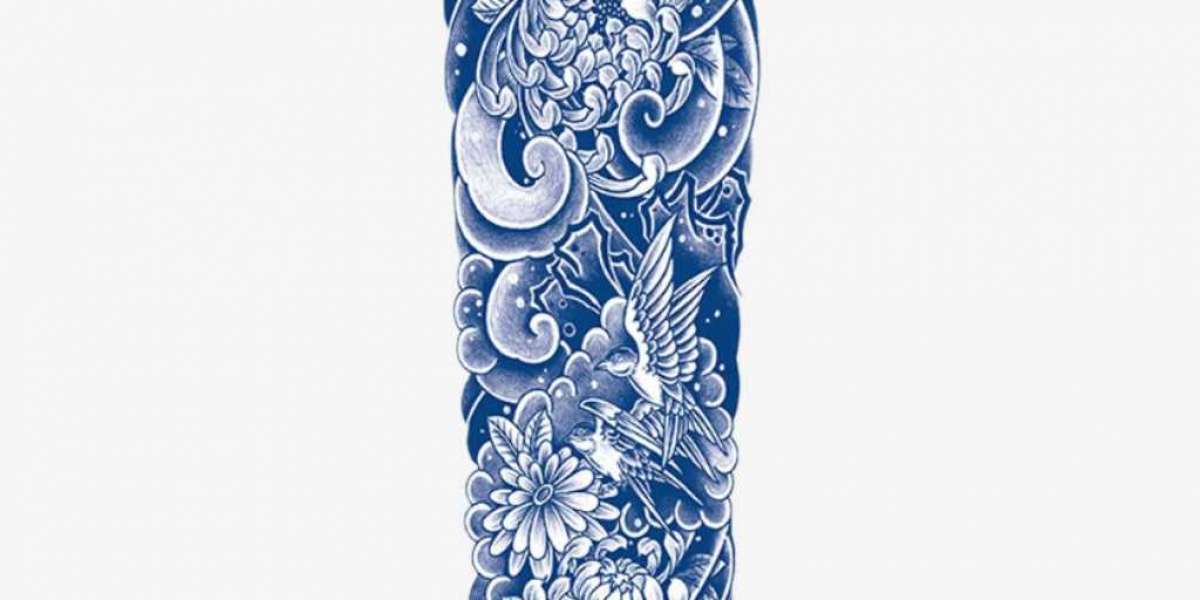Introduction
Varicocele is a common condition affecting many men worldwide, leading to discomfort, fertility issues, and impaired blood flow in the testicular veins. While medical treatments exist, diet plays a crucial role in managing symptoms and improving overall vein health. A well-balanced varicocele diet can support vascular function, reduce inflammation, and promote proper circulation.
This guide will explore how dietary choices impact varicocele, the best foods to eat, and those to avoid for effective symptom management.
Understanding Varicocele and Its Causes
Varicocele occurs when the veins in the scrotum become enlarged due to poor blood circulation, leading to swelling and discomfort. Factors contributing to this condition include:
Weak vein walls and valves
Chronic constipation and poor digestive health
Excessive pressure in the abdomen
Oxidative stress and inflammation
Nutrient deficiencies affecting blood flow
Since varicocele is closely linked to circulatory and vascular health, a well-planned diet can play a vital role in alleviating symptoms and improving quality of life.
The Role of Diet in Varicocele Management
A nutrient-rich diet can help by:
Reducing inflammation
Strengthening blood vessel walls
Improving blood circulation
Preventing constipation and abdominal pressure
Supporting reproductive health
By incorporating specific foods and avoiding harmful ones, you can effectively manage varicocele symptoms and promote overall well-being.
Best Foods for a Varicocele Diet
1. High-Fiber Foods
Constipation increases abdominal pressure, worsening varicocele symptoms. A fiber-rich diet ensures smooth digestion and reduces strain on veins.
Whole grains (brown rice, quinoa, oats)
Fruits (apples, pears, bananas)
Vegetables (broccoli, carrots, spinach)
Legumes (lentils, chickpeas, black beans)
2. Antioxidant-Rich Foods
Antioxidants protect blood vessels from oxidative stress and inflammation, crucial for varicocele management.
Berries (blueberries, strawberries, raspberries)
Dark chocolate (high in flavonoids)
Nuts and seeds (walnuts, flaxseeds, chia seeds)
Leafy greens (kale, Swiss chard)
3. Healthy Fats
Omega-3 fatty acids enhance circulation, reduce inflammation, and improve vein elasticity.
Fatty fish (salmon, mackerel, sardines)
Avocados
Olive oil
Nuts and seeds
4. Hydrating and Detoxifying Foods
Proper hydration prevents blood thickening and reduces the risk of clot formation in veins.
Water-rich fruits (watermelon, cucumber, oranges)
Herbal teas (green tea, chamomile tea)
Coconut water
5. Foods Rich in Vitamins and Minerals
Essential nutrients strengthen vein walls and improve circulation.
Vitamin C (citrus fruits, bell peppers, kiwi)
Vitamin E (almonds, sunflower seeds, spinach)
Zinc (pumpkin seeds, beans, shellfish)
Magnesium (dark chocolate, nuts, whole grains)
Foods to Avoid
Certain foods can worsen varicocele symptoms by causing inflammation, poor circulation, and digestive issues.
1. Processed and Junk Foods
Fast foods, refined sugars, and processed snacks contribute to inflammation and poor blood circulation.
Sugary drinks (soda, energy drinks)
Packaged snacks (chips, cookies, candies)
Processed meats (sausages, bacon, hot dogs)
2. High-Sodium Foods
Excess salt leads to water retention and increases pressure on veins.
Canned soups and sauces
Salty snacks (pretzels, chips)
Fast food meals
3. Excessive Caffeine and Alcohol
Both substances dehydrate the body and reduce vein elasticity.
Coffee (limit to 1-2 cups per day)
Alcoholic beverages (beer, whiskey, vodka)
4. Dairy and Red Meat
Dairy and red meat can contribute to inflammation and constipation.
Whole milk, cheese, butter
Fatty cuts of beef, lamb, and pork
Lifestyle Changes to Support a Varicocele Diet
Diet alone is not enough. Complement your nutritional efforts with these lifestyle modifications:
1. Exercise Regularly
Engage in activities that promote circulation and reduce venous pressure.
Walking or jogging (30 minutes daily)
Yoga and stretching
Swimming and cycling
2. Maintain a Healthy Weight
Excess weight puts additional pressure on veins. A balanced diet and exercise can help maintain a healthy weight.
3. Stay Hydrated
Drink at least 8-10 glasses of water daily to prevent blood thickening and promote circulation.
4. Avoid Prolonged Sitting or Standing
Take breaks, move around, and elevate your legs periodically to relieve vein pressure.
5. Wear Supportive Clothing
Avoid tight underwear or pants that restrict blood flow. Consider wearing supportive garments to ease vein pressure.
Conclusion
A well-structured varicocele diet is essential in managing symptoms and improving vein health. By incorporating fiber-rich foods, antioxidants, healthy fats, and hydration, you can reduce inflammation and support blood circulation. Avoiding processed foods, excessive caffeine, and high-sodium diets further enhances recovery.
Pairing a balanced diet with regular exercise, hydration, and lifestyle modifications can significantly improve varicocele symptoms and promote overall vascular health. Prioritizing nutrition and healthy habits will help you lead a more comfortable and active life.







